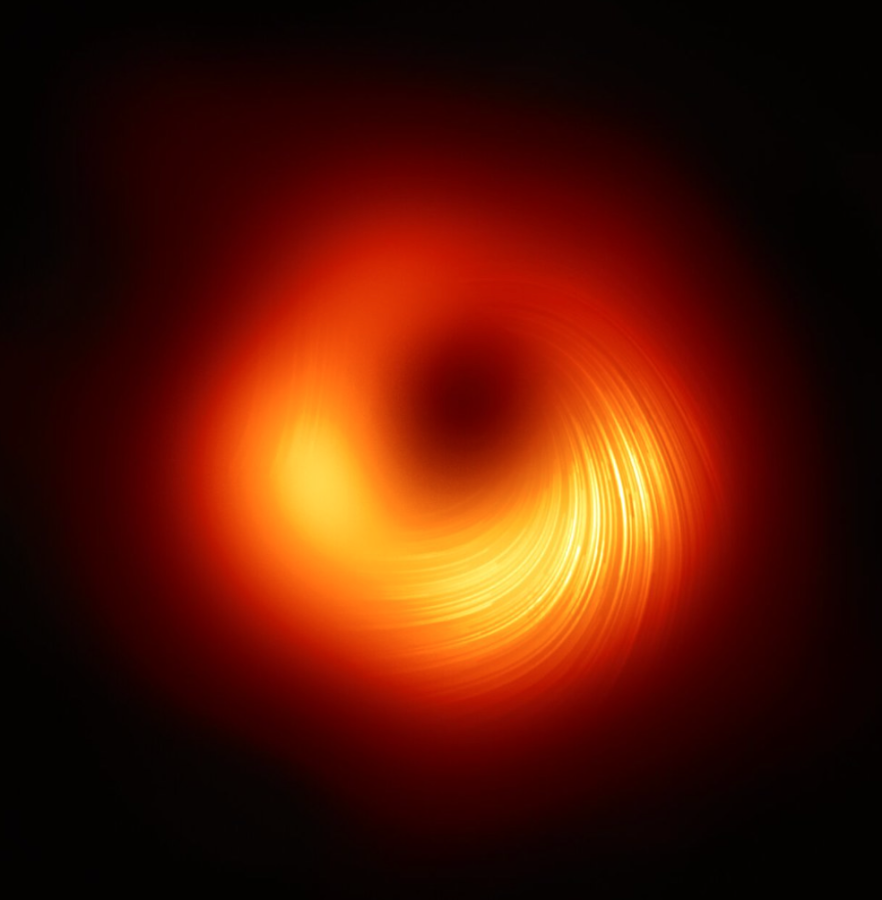Falcon Fact #4 – Black Holes
You hear about them in sci-fi movies and fiction books. But what are they, really? Black holes: here’s what you need to know.
NASA describes black holes as “a great amount of matter packed into a very small area… the result is a gravitational field is so strong that nothing, not even light, can escape.” All of this mass is condensed into a single, impossibly small point called a ‘singularity.’
Black holes are formed from massive star collapses. When the stars implode, the amount of gravity pulling all the layers of the star inwards takes over, so when the inner core can no longer support this, there is a huge emission of energy, light, and matter. During the collapse, this intense amount of gravity is causing the matter in this core to be compressed to ridiculously high densities, so as the pieces are getting closer together, the gravity continues to increase. Then, the matter is all condensed into the singularity where the density is infinite. The star compresses and disappears into the cavity. The mass isn’t lost, it’s just compressed, and its gravity can still affect the surrounding environment.
Because black holes suck in all possible light in their general vicinity, it is impossible to see. When you see images of black holes, you are actually seeing how a black hole interacts with its surrounding environments like “stealing” matter from nearby stars in binary star systems or emitting x-rays or gamma rays.
The image above is the first image ever taken of a black hole from the Event Horizon Telescope in 2019. The image captures the hot gas swirling around the strong influence of gravity, rather than the hole itself.









